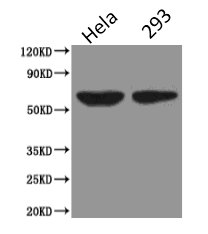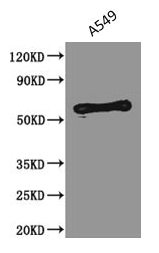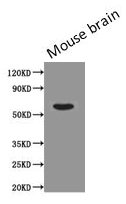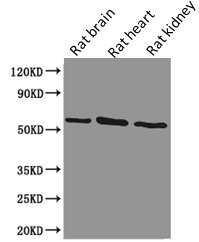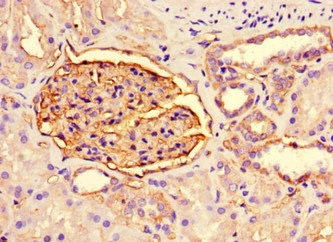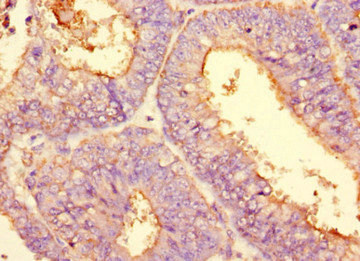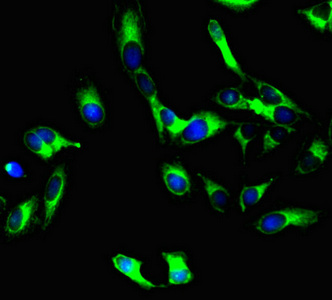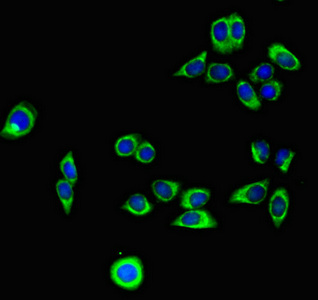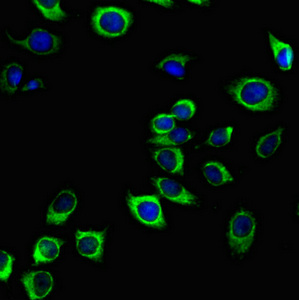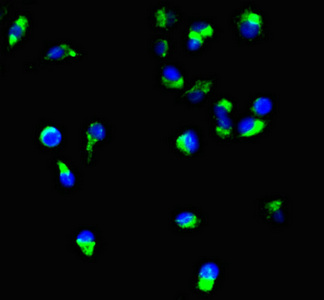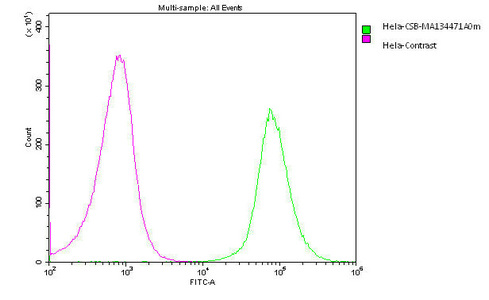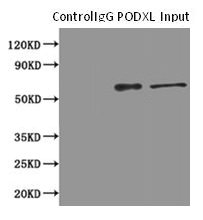The PODXL (podocalyxin-like) antibody is a monoclonal antibody identified as the IgG2b isotype. Its production begins with immunizing mice with the recombinant human PODXL protein, isolating the PODXL-producing B cells, then fusing the PODXL-producing B cells with myeloma cells, injecting the PODXL-producing hybridoma cells into the abdominal cavity of mice, and finally collecting mouse ascites. This PODXL antibody was purified from mouse ascites fluids by protein G. Its purification reaches up to 95%. It can react with samples containing the PODXL protein from humans, mice, and rats. The quality of this PODXL monoclonal antibody has been tested in ELISA, WB, IHC, IP, IF, and FC applications.
PODXL, a highly glycosylated type I transmembrane protein associated with CD34, is highly expressed in glomerular podocytes, vascular endothelium, hematopoietic cells, and breast epithelial cells. The high expression of PODXL in these tissues initiates the occurrence of many physiologic processes, such as hematopoiesis, leucocyte-endothelial cell interaction, as well as the regulation of vascular permeability and neural development. PODXL is also involved in the modulation of adhesion, cell morphology, and cancer progression.

